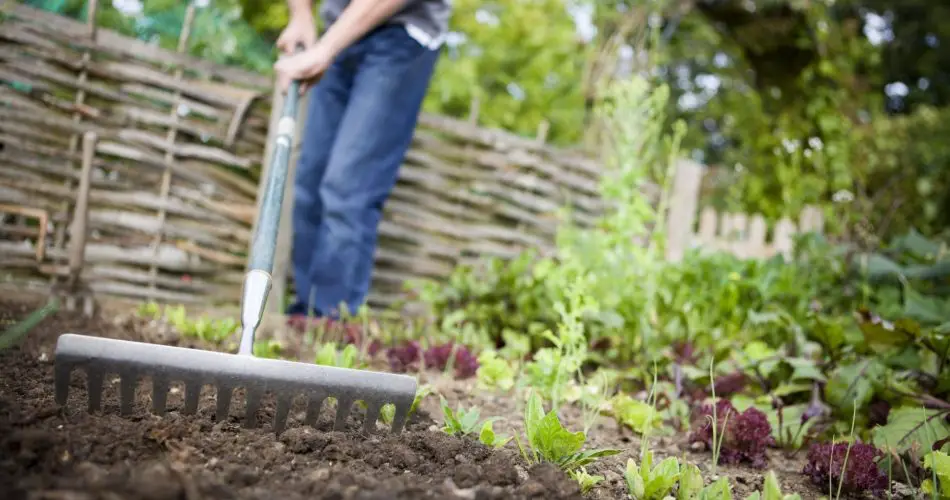Embarking on the journey of creating your vegetable garden is a rewarding endeavor. Armed with work gloves, spade, and rake, the process involves various stages—from preparing the soil to sowing and culminating in the gratifying harvest of homegrown vegetables. The allure of 0 km food products inspires many to cultivate their little plot, witnessing the growth of vegetables from seed to table.
If you’re new to gardening, fear not. Follow the step-by-step instructions, seek advice from experienced individuals, or delve into relevant literature. Remember, learning comes from experience, so don’t be deterred by early mistakes. Even seasoned horticulturalists might uncover new tricks or explore uncharted territories in their plant selections during this endeavor.
How to Create a Vegetable Garden from Scratch
Preparation of the Soil
Contrary to common belief, soil preparation begins in early winter, ensuring adequate time for soil manipulation, fertilization, and necessary rest before spring sowing. Roll up your sleeves and commence by digging the soil, turning it over, eliminating weed roots, and removing rocks for ease of future soil work. Nourish the soil with either equine fertilizer or cost-effective compost, promoting soil friability. Break up larger clods, employing a pickaxe and rake, and meticulously mix with the added fertilizer until the soil surface is uniformly level.
Before Sowing
The journey continues with additional efforts. The garden soil demands further work just before sowing. Weed and weed root removal, as well as the elimination of sizable stones, are essential tasks. Thoroughly work the soil until it achieves crumbly consistency and even leveling. Now, organize your vegetable garden by envisioning the crops you wish to grow, dividing the land into differently sized areas. Create furrows spaced apart for seedlings and seeds, aligning transversely with the slope to follow water flow. The groove distance is determined by anticipating the size of the plants at harvest.
What to Grow
Selecting the right vegetables for your garden involves considering your experience level. For novices, tomatoes are a great choice. With optimal sun exposure and soil acidity between pH6 and pH7, plant tomato seeds in holes spaced at least 30 cm apart. Zucchini, ideal for spring planting (March to May), requires daily watering for the first sprouts to emerge from the planted seeds. Carrots, another must-have, should be sown from January to October, ensuring well-spaced holes with sufficient moisture during the growing stage.
Lettuce adds an ornamental touch, contributing to vibrant salads with its wide, brightly colored leaves. Spinach, rich in iron and calcium, thrives in well-fertilized soil with adequate spacing between seedlings. Beyond these, a plethora of vegetables awaits your exploration, from strawberries to orange trees.
When to Start
Embarking on a vegetable garden journey is best timed during spring and summer months. Elevated temperatures facilitate the germination process, allowing sprouts to emerge from seeds. Be mindful of the specific planting times recommended for each plant, as preferences may vary across different seasons.
Embark on this gardening adventure, armed with newfound knowledge, and revel in the joy of cultivating your own bountiful vegetable garden.



